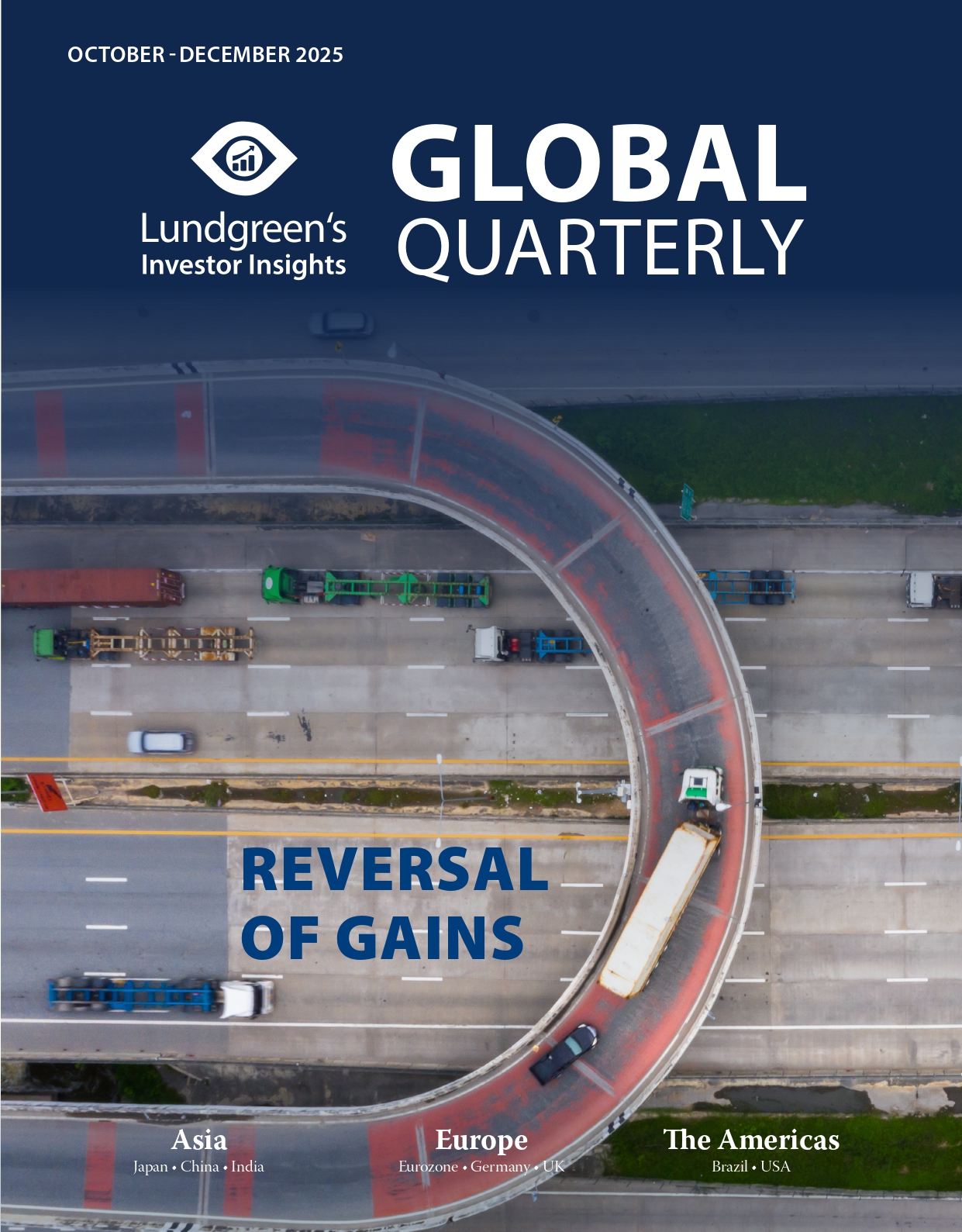Japan’s looming post-election tensions and market fragility
Shigeru Ishiba’s sudden resignation has left Japan astray. Fiscal strains, policy shifts from the Bank of Japan, and populist pressures stemming from anti-immigration protests to the rise of an ultra-conservative faction may fire up investor uncertainty.
Japan has seen three prime ministers resign over the past five years, reflecting the volatility of its political system. Yet throughout this period, the ruling Liberal Democratic Party (LDP) and its coalition partner Komeito had managed to maintain their majority in parliament, until the short-lived premiership of Shigeru Ishiba.
Additionally, Japan now finds itself joining the global trend of populist politics reshaping economies, such as the US under President Donald Trump as well as Italy, India, and the Philippines. While Japan’s populist forces are still in their infancy—most notably the new Sanseitō party, which remains far from securing the premiership—their growing influence signals deeper political fragmentation. The back-to-back electoral setbacks of October 2024 (lower house) and July 2025 (upper house), which cost the LDP-Komeito coalition its combined majority, have accelerated concerns of political drift.
Premier’s short-lived mandate
Ishiba grappled with mounting political and economic challenges over his nine-month tenure. His government’s handling of rising rice prices, Trump’s renewed tariff war, and controversial bilateral immigration policies have been met with public resistance, pushing the Prime Minister’s approval ratings down to 27.4 per cent in May before a modest rebound to 37 per cent in June.
In Ishiba’s eventual announcement of his resignation last 7 September, he cited his inability to lead his party effectively while taking credit for securing a 15 per cent tariff agreement with the US. His resignation came just days after the deal with Trump, underscoring his fragile mandate despite steering successful bilateral negotiations.
Instead of consolidating authority, Ishiba’s administration became defined by drift and division, leaving his goals of rural revitalization and fiscal reform unrealized. The clear implications of this fragility for investors pertains to short-term policy changes that could threaten fiscal credibility, monetary stability, and commitment to reforms despite the established independence of the Bank of Japan (BOJ) and the historical relevance of the yen in the global economy.
Commitments, constraints, and credibility
Ishiba’s exit comes at a critical juncture. Japan is already burdened with debt exceeding that of its G7 peers. Graph 1 shows that Japan’s public debt is estimated to be worth over 230 per cent of GDP, almost 100 percentage points higher than the next country, Italy. Tokyo is simultaneously committing to raise defence spending to 2 per cent of GDP and expand social welfare to address rapid demographic decline. The government has also pledged heavy investments in semiconductors and green energy to support growth.

Japan’s fiscal strain raises the question of whether the next administration would be able to reconcile fiscal expansion with debt sustainability. Investors should expect near-term volatility in bond markets as confidence in Japan’s fiscal discipline wavers, especially with challenges with immigration policy – that is, the need for skilled labour balanced with overstaying foreign nationals.
The political vacuum also uncovers some concerns about the BOJ. While the central bank has carefully moved away from ultra-loose monetary policy (that is, negative interest rates), piling fiscal demands and political instability could generate fresh pressure on policymakers. Under the current climate, the BOJ is likely to delay further interest rate hikes until a new prime minister is elected, as it did during its September 18-19 meeting.
Immigration and populism
Immigration has become one of the most divisive issues in Japanese politics. Facing acute labour shortages, especially in the health sector, the government has cautiously expanded work visa programs to foreign professionals. Yet proposals to designate specific towns as the home of certain nationalities sparked protests, with critics warning of segregation and social destabilization.
Populist forces have capitalised on this debate. The Sanseitō party has tapped into anti-immigration sentiment, distrust of globalization, and calls for “national purity.” Its platform mirrors far-right movements elsewhere: opposing large-scale immigration, advocating stricter cultural assimilation, increasing wages through protectionist trade policies, and even promoting traditional gender roles as a demographic solution. Sanseitō’s breakthrough in the July 2025 upper house elections marked a turning point, giving it leverage in coalition bargaining.
For investors, this trend carries structural risks: populist resistance to immigration could stall or reverse reforms needed to ease labour shortages, which reduces Japan’s attractiveness to skilled migrants and may deter foreign investment in key sectors. Over time, this would intensify the demographic burden and further strain public finances, especially the pension system, if fewer workers are able to support a rapidly aging population.
Not all doom and gloom
The immediate market response to Ishiba’s resignation offers both uncertainty and hope. As shown in Graph 2, the Nikkei 225 rose by 1.45 per cent on 8 September as investors found his exit as a chance for growth-positive policy shifts, along with short-lived market cheers for Japan’s 2.2 per cent GDP growth for April-June. Top gainers were real estate, pharmaceuticals, and nonferrous metals stocks.

However, Ishiba’s resignation also creates a leadership gap. Instead of wondering how a sitting prime minister will navigate turmoil, investors now face uncertainty about his successor and if they can restore market confidence towards Japan. This has resulted in a slightly weaker yen in early September. Potential successors include Sanae Takaichi, a former economic minister who is viewed as yen-negative due to her support for additional fiscal stimulus and low interest rates. Another is Shinjiro Koizumi, the agriculture minister, who might appeal to the youth due to his reformist stance.
The challenges facing the next Japanese premier are formidable: reconciling higher public spending with debt reduction, preserving the BOJ’s credibility, and managing demographic decline against a surge in populist nationalist sentiment. For markets, the immediate impact has been a weaker yen and increased volatility in Japanese bond yields. However, the longer-term question is more pressing: can Japan restore political stability and policy clarity sooner than later?
This original article has been produced in-house for Lundgreen’s Investor Insights by on-the-ground contributors of the region. The insight provided is informed with accurate data from reliable sources and has gone through various processes to ensure that the information upholds the integrity and values of the Lundgreen’s brand.







